When is the olive harvest in the Castelli Romani? The annual raccolta delle olive begins the end of October and continues into the month of November, when the weather tends to be sunny and dry and the olives ripe. Men and women can be seen with their orange olive rakes while mechanical clappers can be heard throughout the hills. My neighbors and friends gather their clans together to harvest; their trees providing fruit for olive oil that will last them through the coming year.
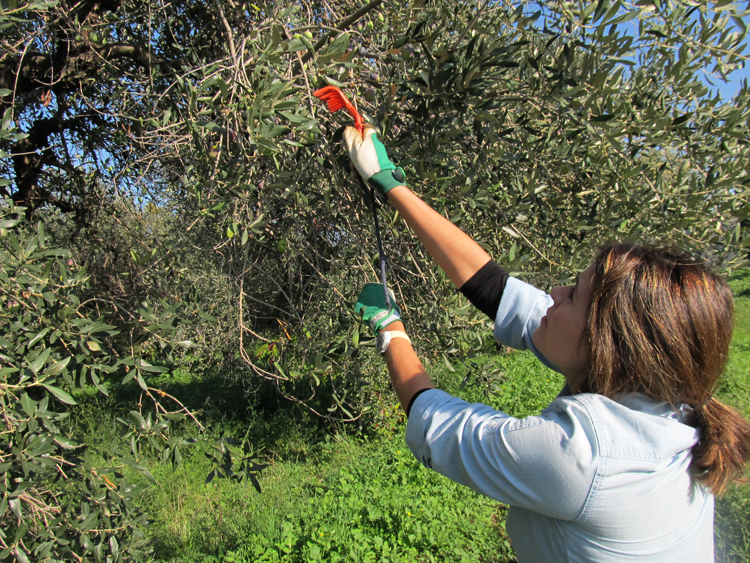
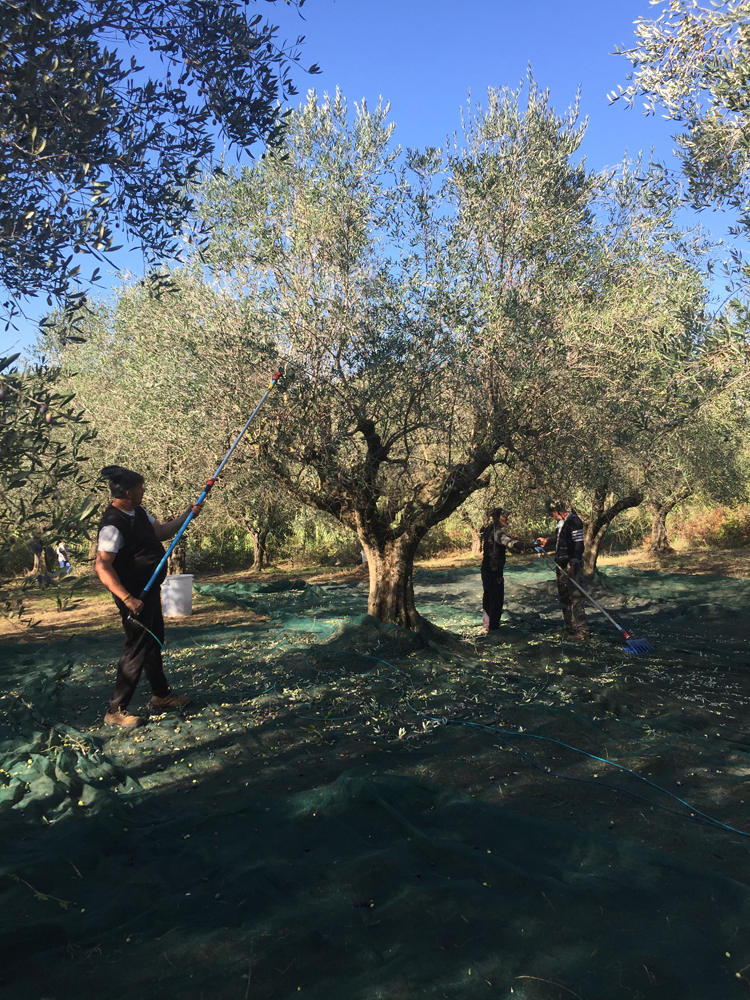
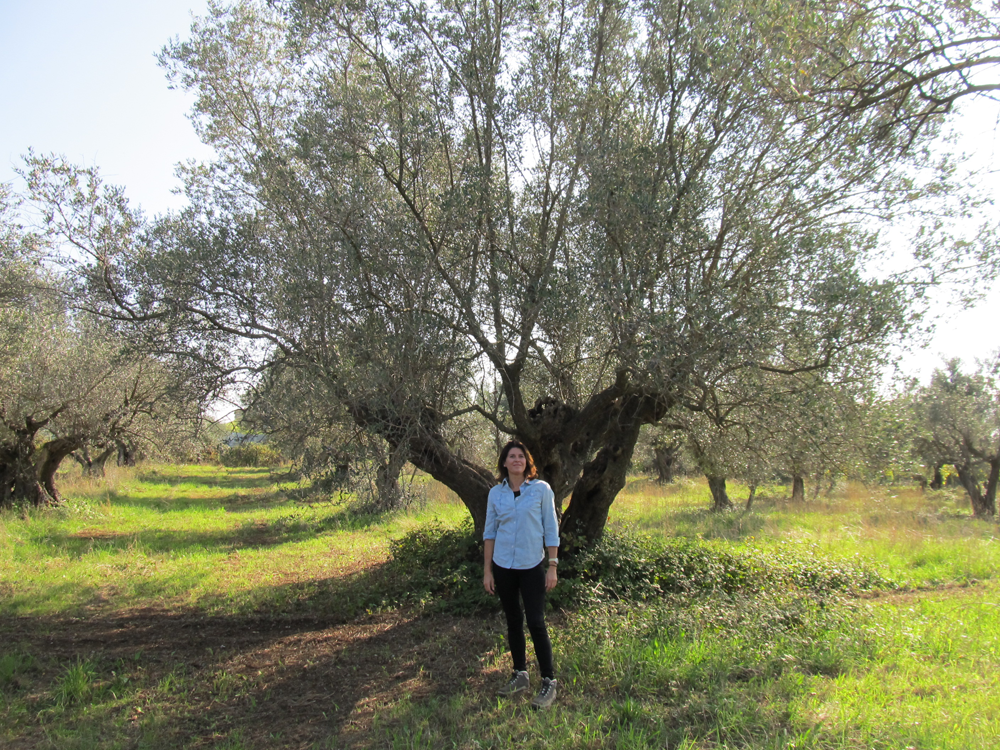
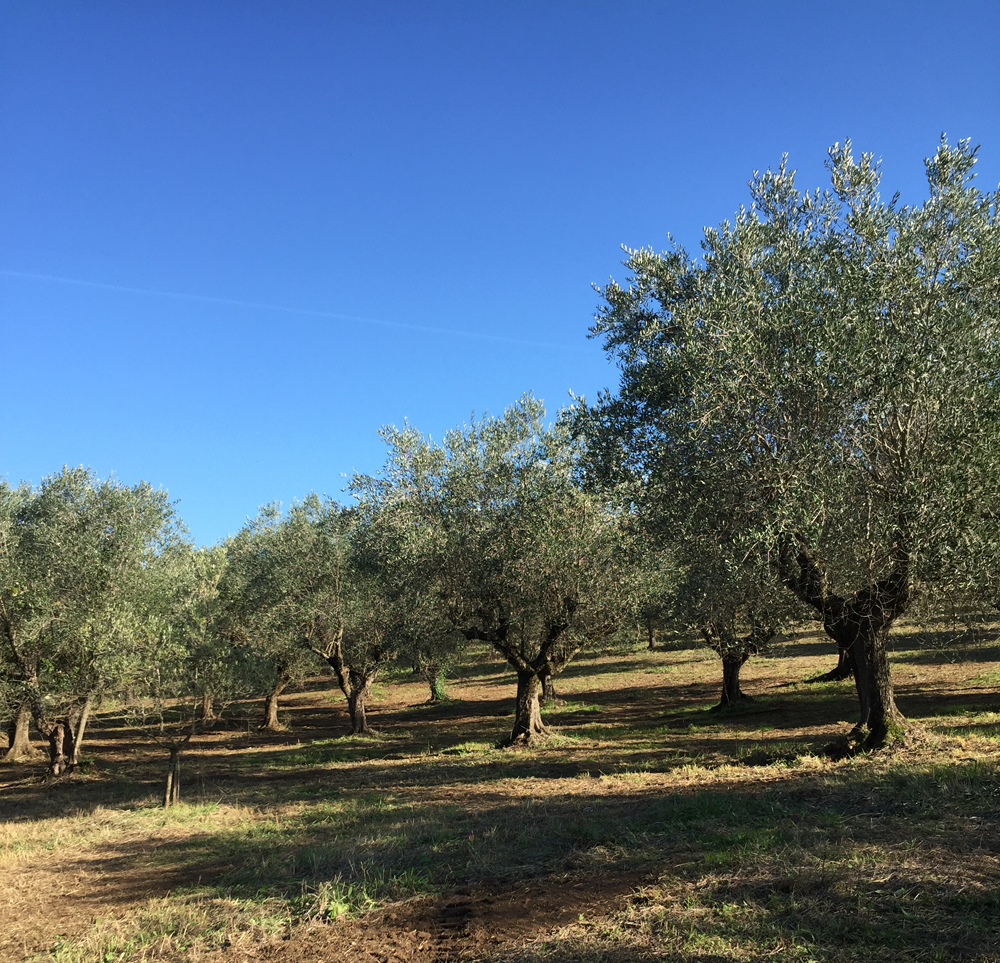

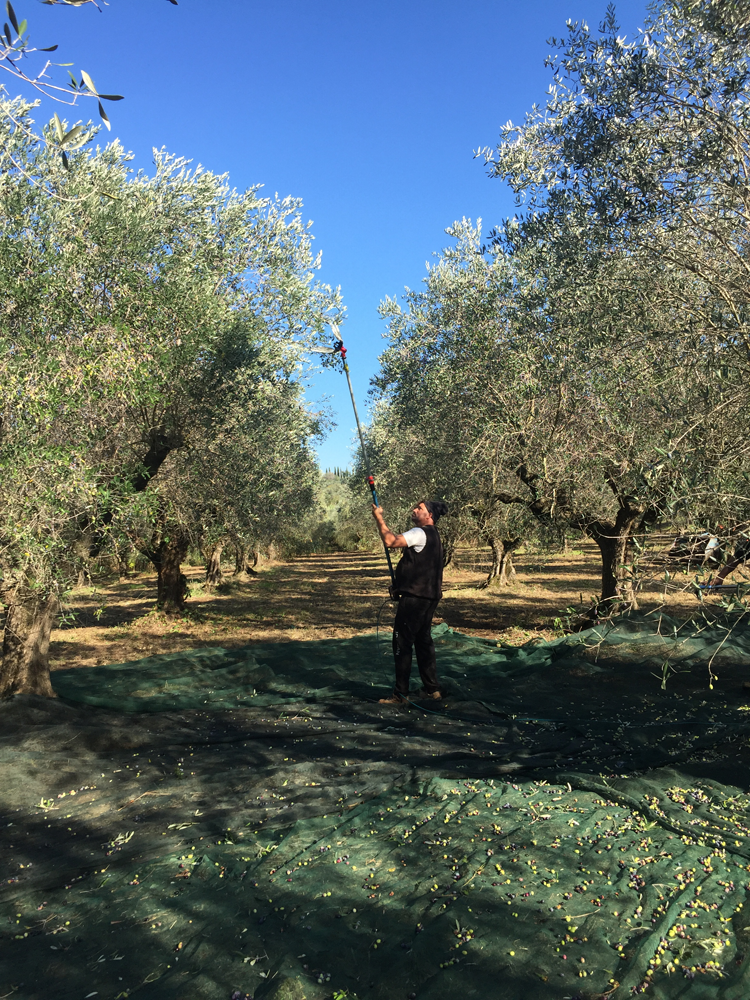
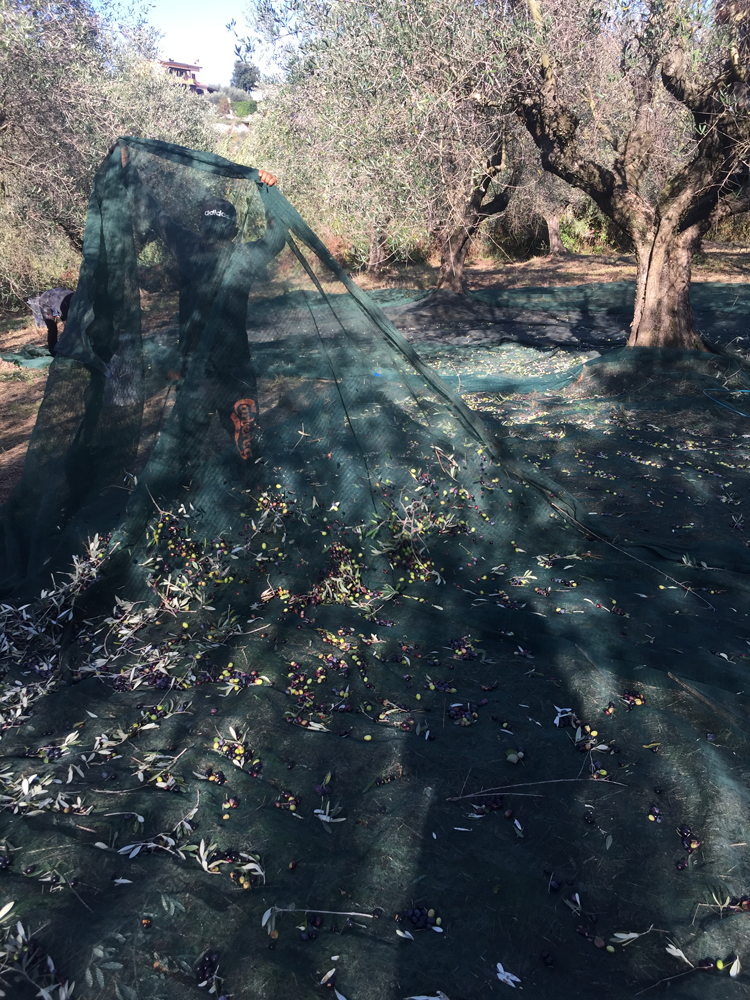
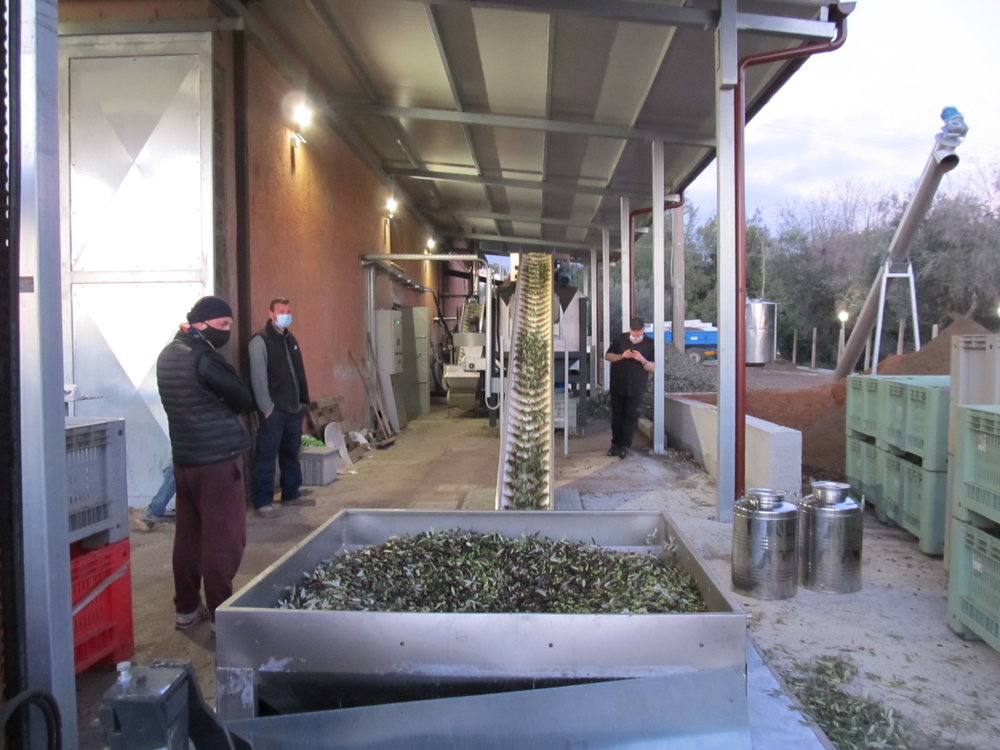
Our Farm and Olive Trees We have approximately 1600 olive trees in three separate olive groves. As we don’t have nearly enough willing family members to harvest all of it, we seasonally hire a team of 5 workers.








One grove consists of ulivi secolare, secular trees over 200 years old, planted 10 meters apart and are of the Ritornella, Olivastro and Rosciola varieties. During the 2014 olive crisis in Italy, which saw a combination of an olive fruit fly infestation, a disease and a frost killing off most of the national olive crop, these trees were of the few that produced olives.








Our two newer groves were planted in the 1950’s and 1970’s and include Frantoio, Leccino and Pendolino, typical varieties found in Italy. These trees are planted 3m - 5m apart with the aim of higher olive production and some are pruned to grow in height.








Each year, we harvest 1/3 of our trees and production is approximately 500 liters, although production can reach 2000L if we choose to harvest more. We rotate the trees we pick, choosing different ones based on fruit production, health and the mix of olives we want in our oil. Our farm has a certificazione da agricoltura biologica: Our oil is from certified organic farming.








How to Harvest There are a few ways to harvest the olives; by hand with or without a rake, by hand using a mechanical rake or clappers, or by a mechanical tree shaker, which shakes the entire tree.








We harvest by hand using mechanical rakes and clappers, taking the fruit from the individual branches. Netting is first placed down on the ground around the trees to catch the fallen olives. The fruit is gathered and placed in crates, and then in our tractor and taken to the mill. The olives should be pressed within the day to avoid fermentation and increased acidity.








What happens at the mill? Once at the mill, the olives undergo leaf removal and washing, crushing, a malaxing (the action of slowly churning or mixing milled olives) and oil separation from the water and waste.








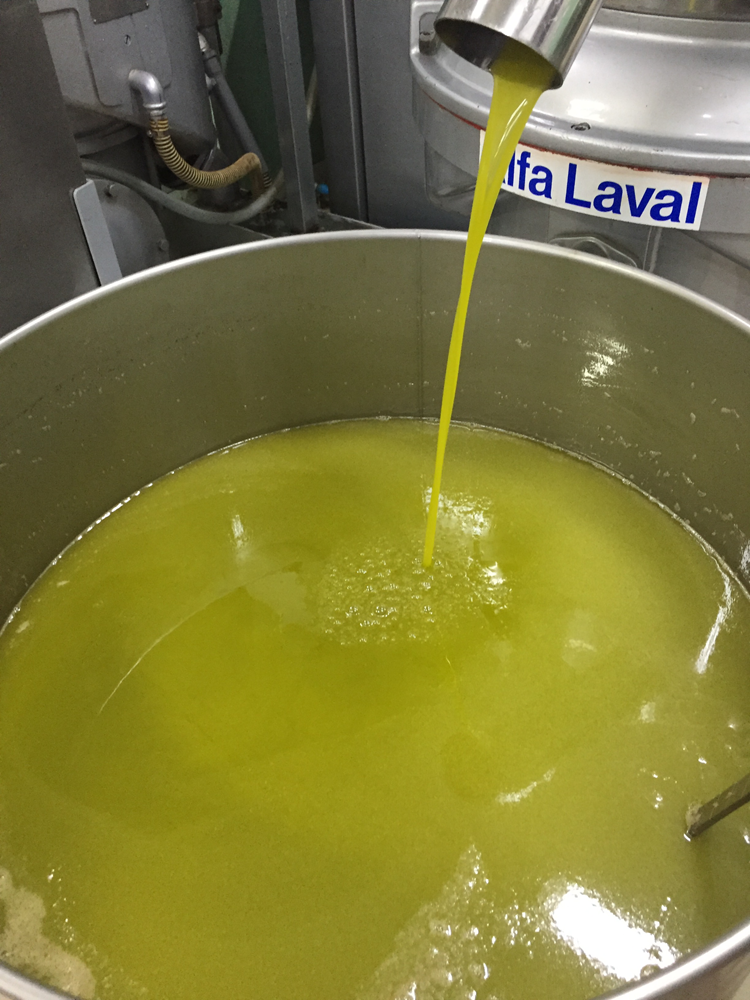
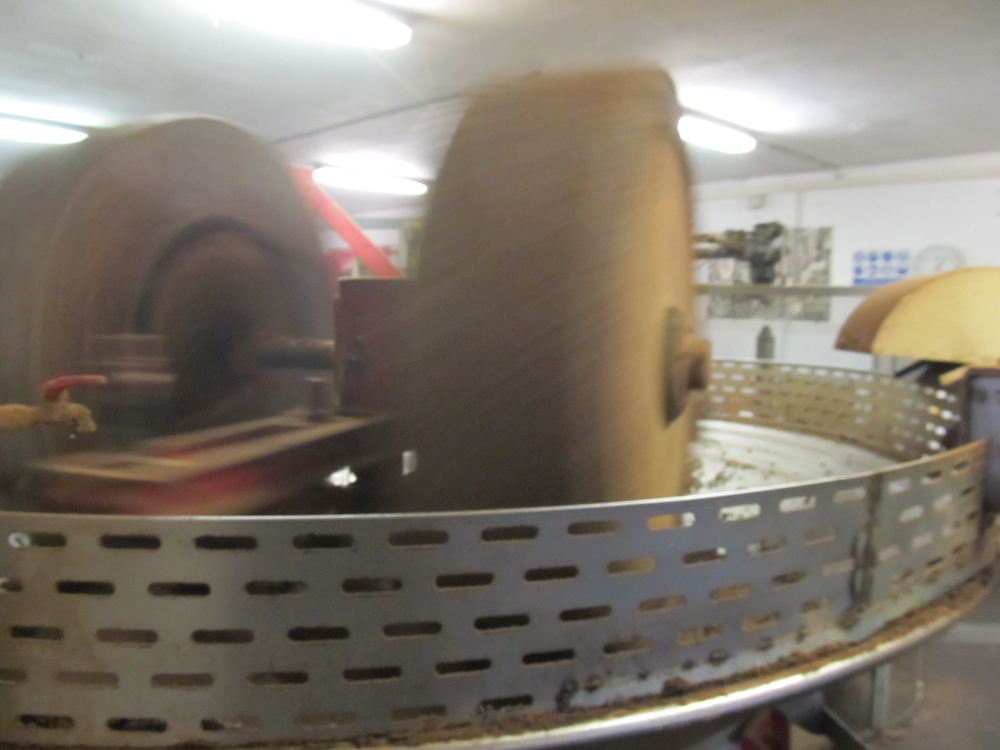
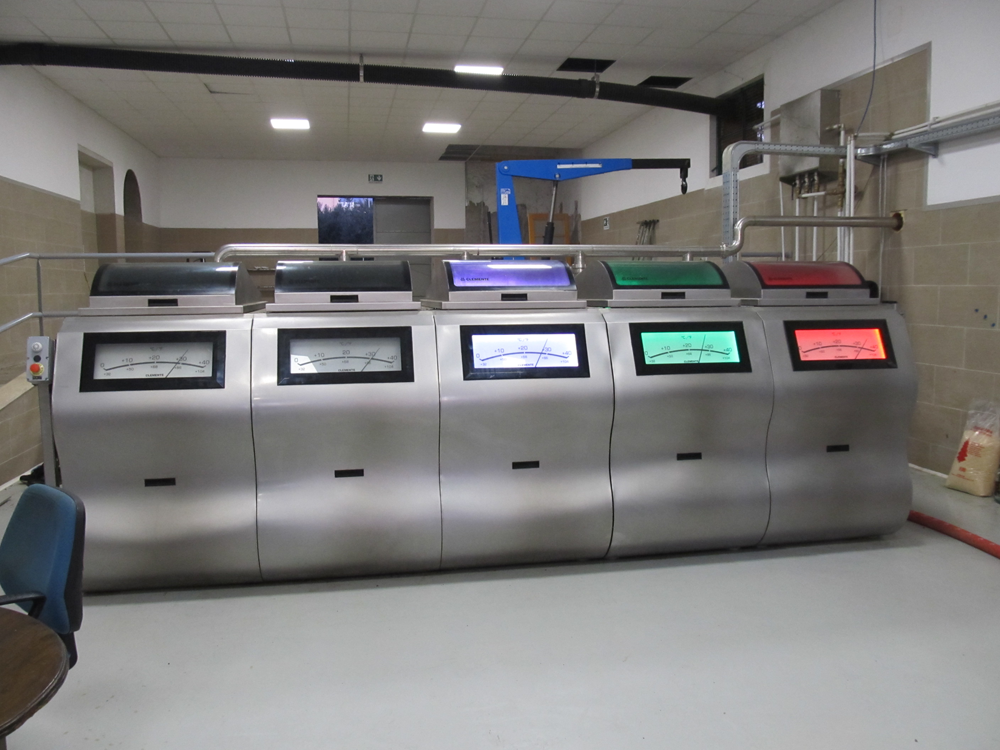
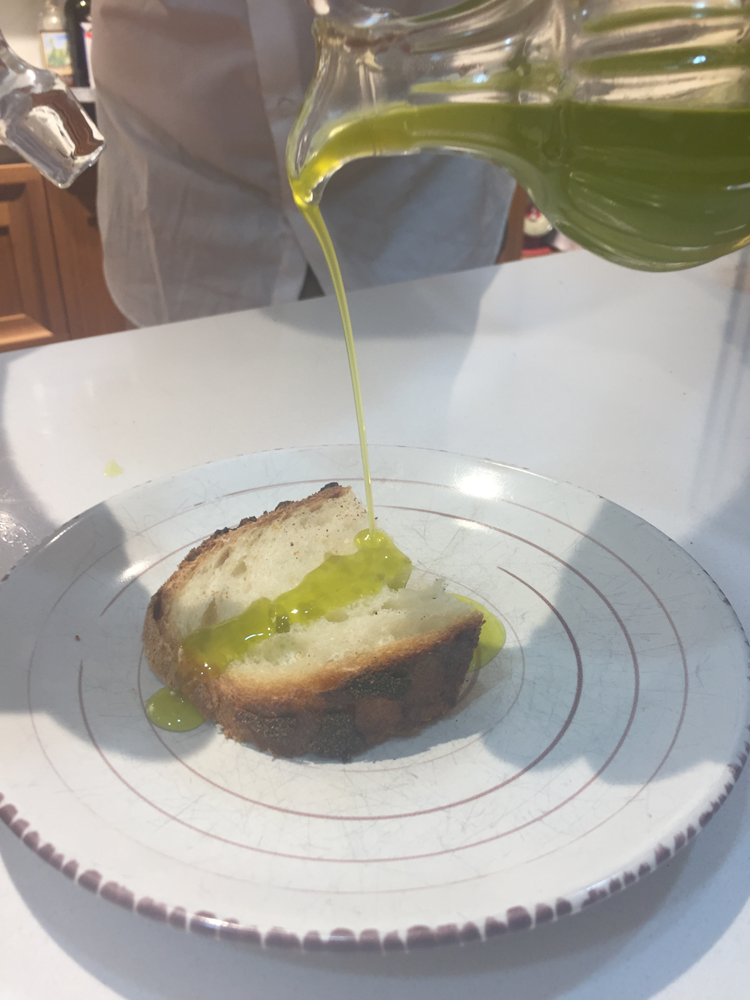
Most mills now follow the continuous method using advanced technology, but some still use traditional methods, where millstones roll in circles on a slab of granite to grind the olives into a paste.




Traditional Vs. Continuous Milling Which one is better? Some believe modern milling systems are fundamental to get the most out of fruits, cleaner and more efficient in terms of money, time and production. Others claim the traditional method produces oil that has more aromas and flavors and has a soulful element that modern systems cannot provide.




We use a modern milling system to press our olives. My husband cannot believe how much it has changed in his lifetime; as a boy he remembers going to dark, anachronistic mills with their stone rollers, with time slots often given in the middle of the night to press, while today some of the more advent-guard mills, with their gleaming stainless steel, buttons and spotless environment are seemingly futuristic.




Is there a way to learn more or purchase 100% Italian extra virgin organic olive oil? Yes! Contact me if you want to visit our farm and learn more about olive farming and extra virgin olive oil first hand. We sell our organic oil in 5L containers directly to the public and can coordinate delivery in Rome and surroundings. Please share the article with your friends and loved ones to share the word about Italian olive oil and our work behind each drop! Share this page
First published: November 6, 2020
Latest Update: November 18, 2020

